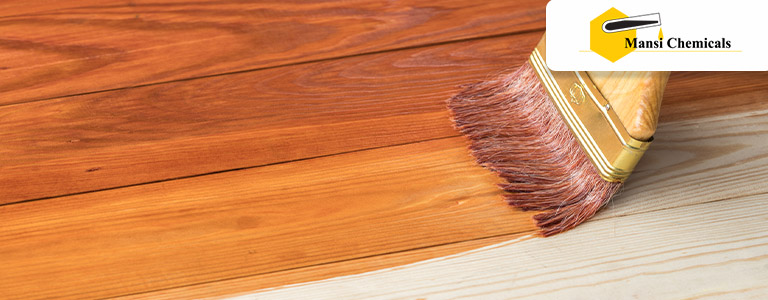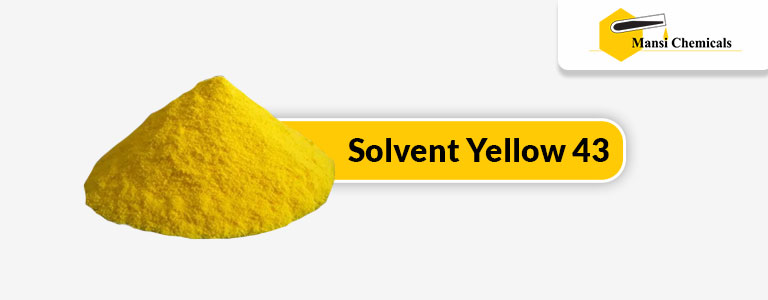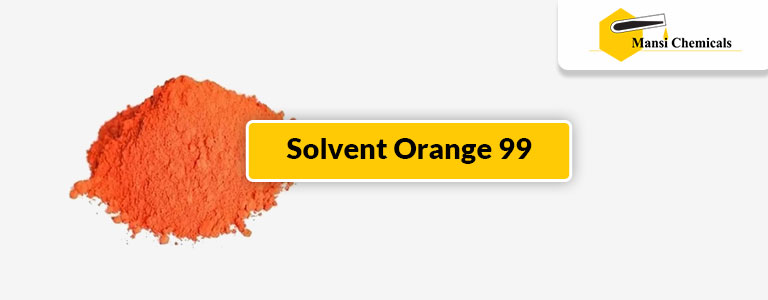
 28,
JULY
28,
JULY
Have you ever wondered how wooden furniture or decor gets its stunning colours? A special type of colouring material known as a ‘solvent dye’ plays a big role in this process. If you’re looking for ways to make your wooden items more attractive with colourful, long-lasting shades, or if you’re just curious about how colouring materials work, you’re in the right place. Let’s explore how solvent dyes are used in wood stains, and why they’re a game-changer in this field.
Why Use Solvent Dyes in Wood Stains?
Now, you may wonder – why exactly should we use solvent dyes in wood stains? Here’s why:
- Vibrant Colours: Solvent dyes offer a wide array of vivid, rich colours that can transform the look of any wooden surface. Whether it’s a soft, delicate hue or a bold, vibrant shade, solvent dyes have got you covered.
- Deep Penetration: These dyes have an impressive ability to penetrate deeply into the wood. This results in a more robust, long-lasting colour that can stand the test of time and elements.
- Improved UV Resistance: Solvent dyes, especially metal complex dyes, exhibit superior light-fastness properties. This means they resist fading even under prolonged exposure to UV light, thereby maintaining their vibrancy.
- Enhanced Aesthetics: Solvent dyes can accentuate the natural grains of the wood, adding depth and character to the wooden surfaces. This can significantly boost the aesthetic appeal of the stained wood.
- Versatility: With solvent dyes, the possibilities are endless. They can be mixed and matched to achieve the desired shade, making them a preferred choice for custom projects.
The Role of Metal Complex Dyes in Wood Stains
While solvent dyes as a group offer immense advantages, there is a specific category of solvent dyes that stands out when it comes to wood staining — the metal complex dyes. These dyes are known for their exceptional lightfastness, making them resistant to fading even when exposed to sunlight over long periods.
- Superior Lightfastness: Metal complex dyes, owing to their complex structure, offer excellent resistance against fading from sunlight. This means your stained wood keeps its vibrant colour for longer.
- Brilliant Colours: These dyes are also known for the brilliance and range of colours they offer. Whether you’re looking to give your wooden surfaces a touch of traditional hues or experimenting with trendy, modern shades, metal complex dyes have an extensive palette to choose from.
- Environmental Resistance: Apart from lightfastness, metal complex dyes also exhibit great resistance to other environmental factors such as temperature and humidity. This ensures the longevity of your wood stain.
- Enhanced Wood Features: Metal complex dyes, when used in wood stains, can accentuate the natural features of the wood, such as the grains and patterns, resulting in a more visually appealing outcome.
Applications of Solvent Dyes in Different Types of Wood
Solvent dyes play a critical role in wood staining, offering numerous benefits such as enhancing wood characteristics, providing vibrant colours, and improving durability. The application of these dyes varies across different wood types, shedding light on their versatility and effectiveness.
- Hardwoods
Notably, hardwoods like oak, walnut, or mahogany are favoured for their robustness and pleasing grain patterns. However, their dense structure can make it difficult for traditional stains to penetrate uniformly. This is where solvent dyes come into the picture. Due to their smaller molecular size and excellent solubility in organic solvents, they can infiltrate these tight grains effectively. This results in consistently vibrant colour throughout the hardwood piece, amplifying its inherent beauty.
- Softwoods
Softwoods such as pine, cedar, or fir, while being more absorbent, may often exhibit blotchiness when stained with conventional methods. Again, the superior penetration and dispersion characteristics of solvent dyes come to the rescue. They ensure an even spread of colour, mitigating blotchiness and resulting in a uniformly stained softwood surface that is aesthetically pleasing.
- Exotic Woods
Exotic woods, known for their unique grain patterns and textures, deserve special attention. Solvent dyes, particularly metal complex dyes for wood, can accentuate these intriguing natural patterns while offering a rich, vibrant hue. The dyes interact subtly with the wood, enhancing its natural characteristics rather than overshadowing them, making each piece of exotic wood a standalone masterpiece.
How to Use Solvent Dyes in Wood Stains
Now that we’ve explored the reasons behind their popularity, let’s understand how to use solvent dyes in wood stains.
- Choose the Right Dye: Depending on your project, choose the right solvent dye that matches your colour requirements. Consult with expert solvent dye manufacturers like Mansi Chemicals for guidance.
- Prepare the Wood: Before applying the stain, ensure the wood surface is clean and free from dust or debris.
- Dilute the Dye: Mix the solvent dye in an appropriate solvent as suggested by the manufacturer. Ensure the dye is fully dissolved to get a uniform colour.
- Apply the Stain: Using a brush or rag, apply the dye solution to the wood surface. Make sure to apply it evenly for consistent colour.
- Let it Dry: Allow the dye to penetrate the wood and dry thoroughly. Once dried, apply a protective top coat if desired.
Conclusion
Solvent dyes have truly transformed the world of wood stains, offering a palette of possibilities that traditional staining methods could never achieve. Their vibrancy, durability, and ease of use have made them the go-to choice for artisans and hobbyists alike.
If you’re ready to take your wood staining project to the next level, consider integrating solvent dyes into your process. To explore a wide range of high-quality solvent dyes, look no further than Mansi Chemicals, a leading name among solvent dyes manufacturers. Experience the transformative power of color today!
Frequently Asked question
-
Q.1 What are solvent dyes, and how do they differ from traditional wood stains?
Solvent dyes are highly concentrated coloring agents that dissolve in solvents. Unlike traditional wood stains, they offer more intense and vibrant colors.
-
Q.2 Can solvent dyes be used on all types of wood?
Yes, solvent dyes are versatile and can be used on various types of wood, including hardwoods and softwoods, to achieve different effects.
-
Q.3 How do I apply solvent dyes to wood surfaces?
Applying solvent dyes is relatively simple. It's best to wipe or spray the dye evenly on the wood surface, allowing it to penetrate and enhance the natural grain.
Related Post
 Solvent Dyes
Solvent Dyes
 Uncategorized
Uncategorized



